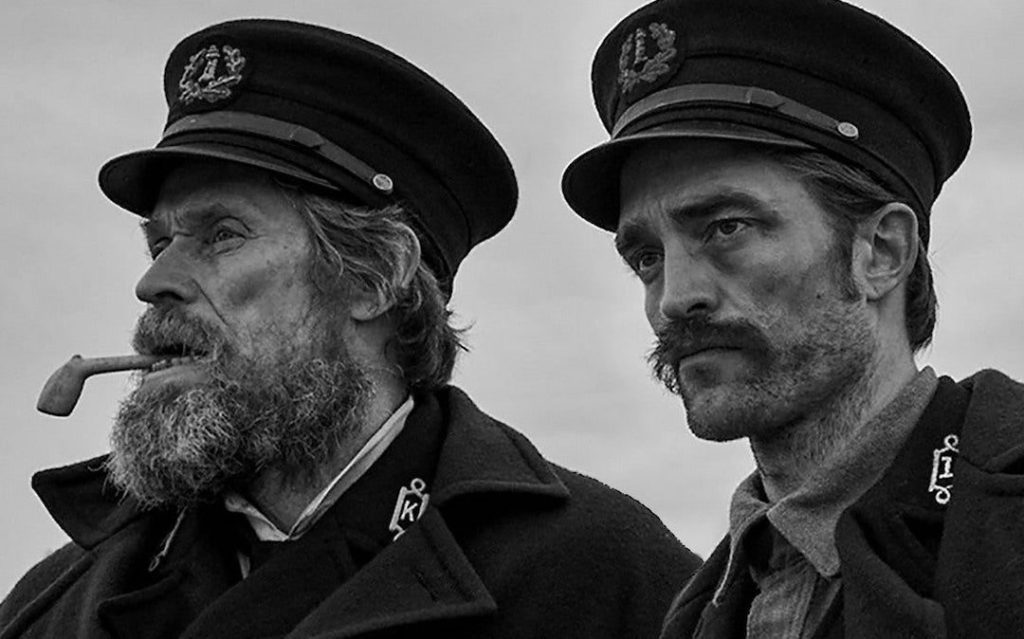Horror movies typically considered “low art:” overplayed, uncreative, and generally not worth the time of day. While yes, you can make a strong point that most contemporary horror seems like a new paint job on the same rusty pickup truck, I don’t think writing the whole genre off is fair at all. There’s a reason it’s my favorite category of movie.
One of my favorite aspects of horror is how varied they can be, while still being entertaining. To some extent, the objective quality of the movie doesn’t matter as much as other genres. A highly-produced Hollywood blockbuster can be just as enjoyable as the pet project of some broke college students. However, there are three main elements that push otherwise mediocre horror movies into the status of cult classic.
The first element is good pacing. Lesser horror movies tend to use the notorious jump scare ad nauseum until the viewer is desensitized and bored. Jokes aren’t funny if you just say the punchline, and the same rule applies to jump scares without suspense. However, if suspense is built properly, you can guarantee your movie is going to be scary.
An excellent example is The Texas Chainsaw Massacre (1974). The beginning of the movie is actually quite slow, following a group of 20-somethings on a road trip through rural Texas. However, you start noticing some strange details. A hitchhiker with an affinity for butchering cows. A gas station attendant with a strange, almost hungry look in his eyes. A creepy house in a supposedly abandoned area. All these things start bothering you more and more, long before anything scary actually happens.
The reason The Texas Chainsaw Massacre has stuck with me so long isn’t the mediocre writing, or even its premise. It’s the pacing that sucked me in, that forced me to feel the terror of those poor characters, shaking me to my core. That is the beauty of good pacing.
The next element of good horror is creativity. Horror has, in many ways, the potential to be the most creative category of movie. Fear is such a primal emotion, and can come from almost anywhere. And there is no horror movie more creative than Robert Eggers’ The Lighthouse (2019).
Shot entirely on black-and-white 35mm, The Lighthouse follows two lighthouse keepers in the early 1900s, surrounded by gnashing waves and cruel weather. There is not much I can say without spoiling an experience that deserves to be enjoyed blind, but the way this movie utilizes its characters and environment is truly unique. Rather than having some chump with a machete running around the island, the only antagonist is the men’s relationship, the lies they tell, and the consequences of their growing hatred. Not to mention the perfect blend of mythological and eldritch horror of their environment. A tiny uninhabited island, totally isolated and surrounded by an unknown, encroaching evil.
While not every movie should aim to emulate The Lighthouse, I think it’s a great example of a film that allows the director’s imagination to run wild. The movie installs a completely unique kind of fear, one specific to its own identity. After watching the movie, every time I see a lighthouse or stare into the ocean, I feel a sense of sinking dread. This is only possible through some truly sick creativity.
The last element of good horror is the metaphorical significance, or broader meaning of the movie. The lack of this element is what often gets horror movies labeled as shallow, or low art. While every horror movie doesn’t necessarily need deeper meaning, every great horror has one. For The Texas Chainsaw Massacre is a critique on the meat industry’s treatment of animals. For The Lighthouse, it’s an exploration of toxic masculinity. However, the most interesting example of deeper meaning in horror I have seen by far is Get Out (2017).
Get Out is actually a pretty standard horror movie at face value. It’s good, but nothing we haven’t seen before: guy meets girl’s family, they’re insane, they try to make him into a flesh puppet. However, the artistry of this movie comes out in it’s metaphorical significance. Get Out is primarily a satire critiquing racism in the liberal white elite. The main character fights back against his attackers using symbols of white wealth, such as bocce balls and mounted antlers. This elevates Get Out from competently made to intellectually meaningful, making a point without sacrificing the scares.
Admittedly, many recent horror movies have been lacking in these elements. It’s hard to find good horror. But that doesn’t mean horror as a genre is undeserving of respect and attention. Good horror movies scare you, but the best ones leave you thinking long after the credits. Just like all great art, horror can leave a lasting impact.
Photo courtesy of A24 Films





Leave a Reply